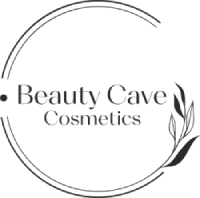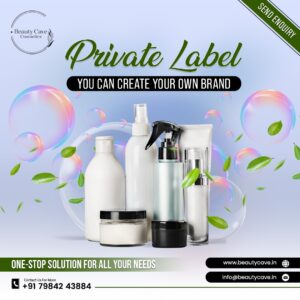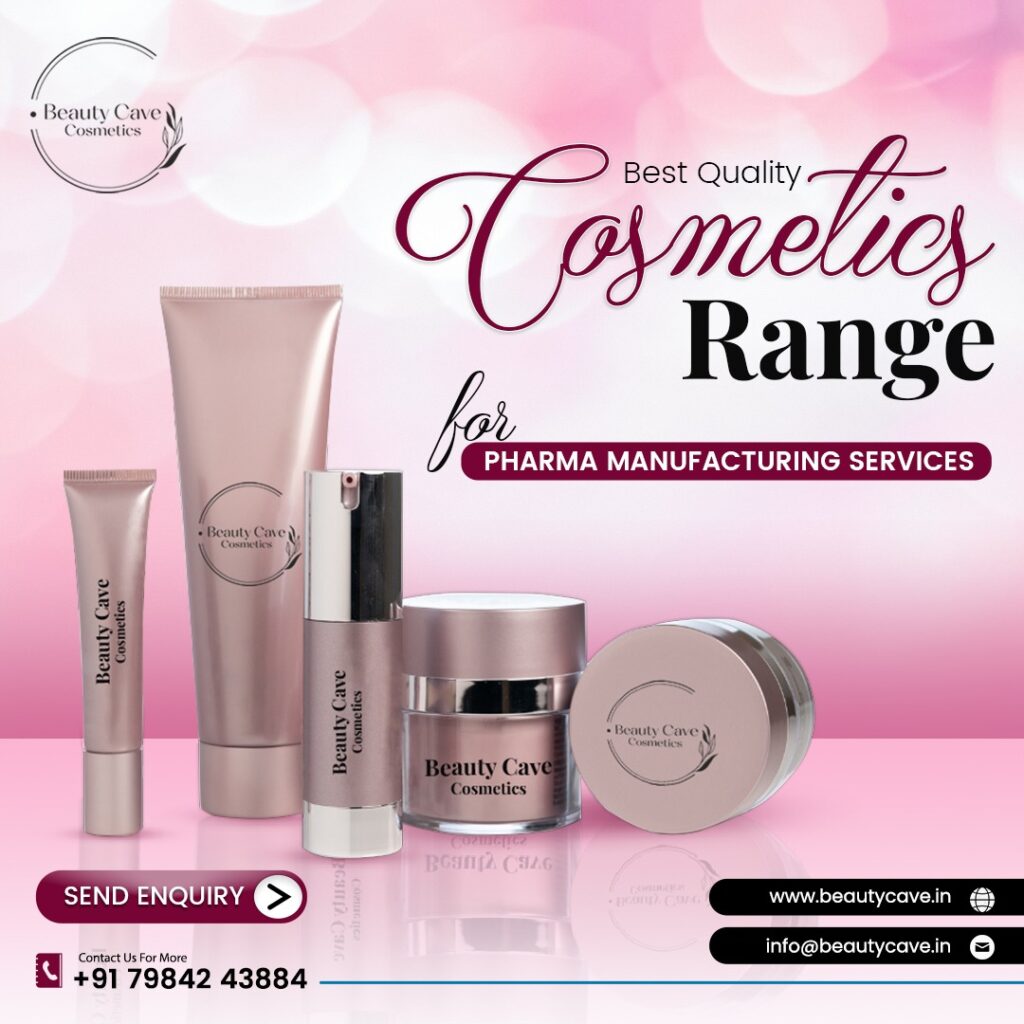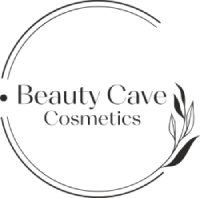Benefits of Choosing OEM vs. ODM in Cosmetics Manufacturing
Benefits of Choosing OEM vs. ODM in Cosmetics Manufacturing – When we talk about creating cosmetic products, businesses, sometimes, need to choose between Original Equipment Manufacturer (OEM) and Original Design Manufacturer (ODM) services. These terms represent different types of manufacturers used to produce cosmetic products. Both these options have their own pros and cons that can significantly impact a brand’s success. In this blog, we will get to know the benefits of choosing OEM and ODM in cosmetic manufacturing, along with exploring the differences between them to help you make an informed decision.
Table of Contents
ToggleUnderstanding Original Equipment Manufacturer (OEM)
OEM stands for a company that manufacturers cosmetic products based on the buyer’s requirements. This is a setup where the buyer holds the decision to give the product idea, design capabilities, and intellectual property, which means that the OEM companies deals with all the manufacturing process. In an OEM arrangement, the role of the manufacturer is to bring your ideas into vision to life, creating cosmetics according to brand’s specifications and designs.
Benefits of OEM
- Customization: With OEM, you have full power to control the product’s formulation, packaging, and branding. This level of customization allows you to produce unique cosmetics customized according to your target market’s needs and preferences.
- Brand identity: As an OEM client, you can showcase your brand identity and establish a strong brand presence in the market. This provides you an opportunity to establish brand loyalty and recognition among consumers.
- Quality Control: Since you can provide instructions on the making of your product, you can also check whether the product aligns with your brand’s quality standard. This control over the production process can lead to higher-quality products.
Exploring Original Design Manufacturer (ODM)
ODM is a cosmetics manufacturing service where the manufacturer designs, develops, and produces cosmetics products. The ODM provides a range of pre-developed formulations and packaging options that can be used by multiple brands. You, as the buyer, can makes minor changes such as changing the color, packaging, or adding your logo, and then selling it under your own brand name.
Benefits of ODM
- Time and Cost Efficiency: ODM have pre-designed formulations and packaging options, which significantly reduces the time and cost associated with product development. This helps you to launch your products more quickly and at a lower upfront investment.
- Market-Ready Solutions: ODMs have a clear and deep understanding of the market trends and consumer preferences. Their ready-made products are designed to fulfil the popular demands, making sure your cosmetics align with the current market trends.
- Expertise and Quality: In ODM arrangement, manufacturers are experienced in producing cosmetics, which means they have the necessary expertise and quality control measures in place to deliver reliable products.
Which is better for Your Business: OEM or ODM?
The decision between OEM and ODM cosmetics manufacturing service depends on your brand’s specific needs, budget, and long-term goals. If you want to have full control over your product’s designs and branding, then OEM might be the right choice for you. On the other hand, if you want to want to focus on time-to-market, cost efficiency, and convenience, then ODM might be the ideal choice for you.
Scalability is another critical consideration, specifically for brands looking to expand their product portfolio, enter new markets, or accommodate fluctuating demand. OEM provides a scalable framework for production, allowing brands to ramp up output in response to growing demands or seasonal variations. However, ODM offers greater flexibility in product customization and market adaptation, making it well-suited for brands seeking versatility and agility in dynamic market environments.
Each approach has its own advantages and disadvantages, so it’s crucial to thoroughly research and evaluate potential manufacturing partner to find the one that aligns with your brand’s ideas and vision. Whether you choose OEM or ODM, the key to success lies in collaborating with a reliable and reputable cosmetics manufacturer. The manufacturer should be capable of delivering products that meet your brand’s quality standards and resonate with your target audience.
Frequently Asked Questions
Q1. What is the difference between OEM and ODM?
A: The big distinction is between ownership and customization. OEM businesses produce from your design and spec, so you retain complete IP ownership. ODM businesses have pre-made items you can resell as your own but for which you do not have the design ownership.
Q2. Can a company be both an OEM and an ODM?
A: Yes, most manufacturing firms are both. They can provide custom OEM services and also sell ODM products that can be rebranded.
Q3. How do contracts differ between OEM and ODM agreements?
A: In OEM, contracts typically address design confidentiality, IP ownership, and manufacturing conditions. In ODM, contracts are more concerned with branding rights, permitted modifications, and distribution.
Q4. What industries most commonly use OEM and ODM manufacturing?
A: OEM is prevalent in automotive, electronics, and industrial tools where customization is essential. ODM flourishes in fashion, cosmetics, technology accessories, and home products—sectors where speed and branding are most important.




